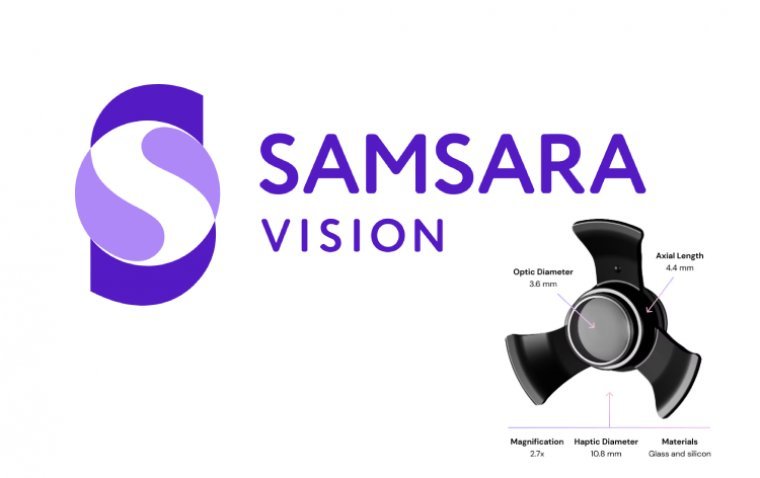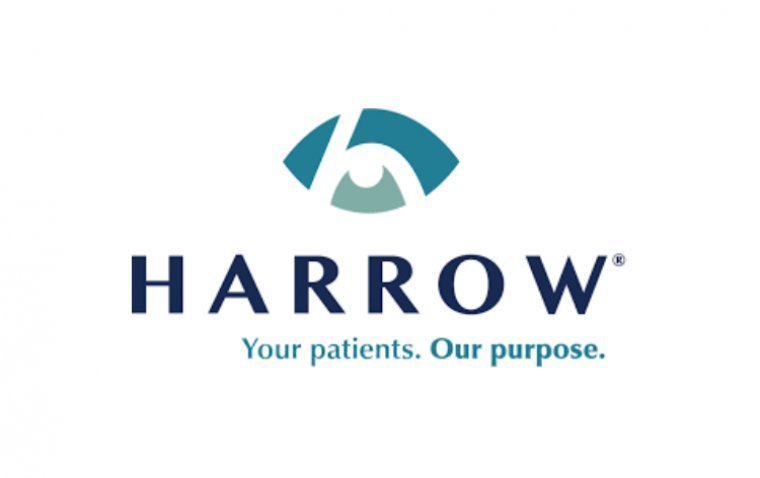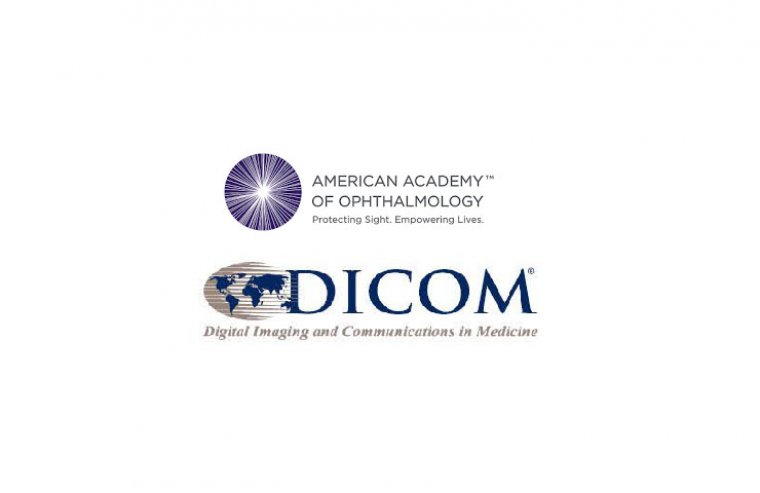
Samsara Vision Announces Successful First SING IMT Procedure in China
Samsara Vision announced the successful completion of the first SING IMT (Smaller-Incision New-Generation Implantable Miniature Telescope) procedure in China. This milestone was achieved at the First Affiliated Hospital of Hainan Medical University Lecheng Hospital, where Professor Li Xiaorong, MD, PhD, a distinguished member of the Chinese Ophthalmological Society and Dean of the Tianjin Medical University Eye Hospital and School of Optometry & Eye Institute, conducted the surgery.
"The surgery went well as the device is designed for ease of central insertion and we will monitor our patient’s visual rehabilitation as they learn to use their new vision," Professor Li commented in a company news release. He expressed optimism about the potential impact on older adults suffering from central blindness due to late-stage age-related macular degeneration (AMD).
Advancing Treatment for AMD with SING IMT
The SING IMT, a Galilean intraocular telescope, is specifically engineered to enhance visual acuity and improve quality of life for patients in advanced stages of AMD. The procedure marks a significant step forward in addressing non-preventable blindness among elderly populations in China.
Samsara Vision has partnered with Lansheng Medical to oversee registration, clinical trials, surgeon training, and marketing efforts in China, Hong Kong, and Macau. Thomas Ruggia, President and CEO of Samsara Vision, emphasized the company's commitment to expanding access to their innovative technology worldwide.
"Our goal is for the SING IMT to become the standard of care for individuals advancing to late-stage AMD, and we are encouraged by the early successes and patient stories we have heard," Ruggia stated. The company highlighted that nearly one hundred surgeons across seventeen countries have performed over 350 SING IMT implants, with a significant number undertaking multiple procedures, indicating widespread adoption of the technology.
Promising Post-Marketing Studies and Future Prospects
Post-marketing studies have shown promising results, with a majority of monocular late-stage AMD patients experiencing improved functional vision after participating in a rehabilitation program focused on everyday tasks such as reading, writing, and mobility.
Looking ahead, Samsara Vision anticipates further advancements in clinical trials and regulatory approvals, aiming to broaden accessibility to the SING IMT and enhance outcomes for patients worldwide.
(1).jpg)










